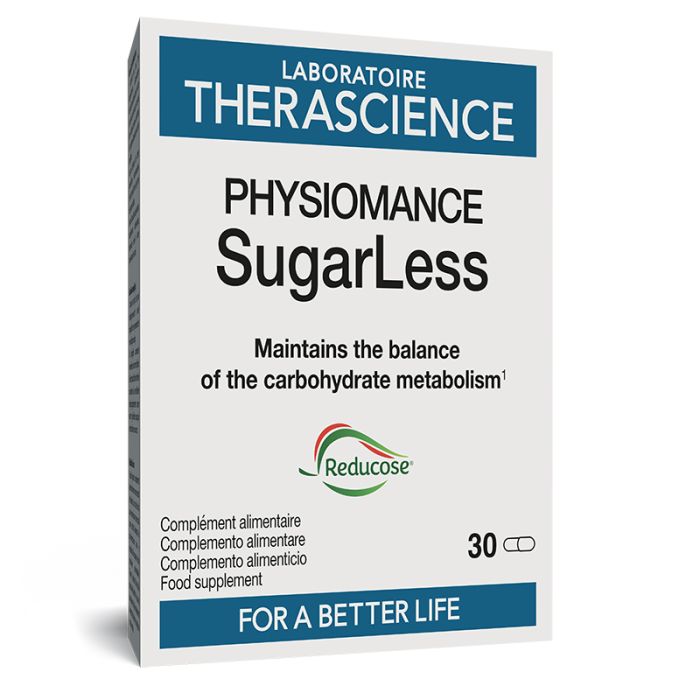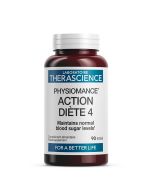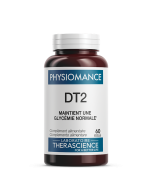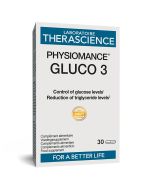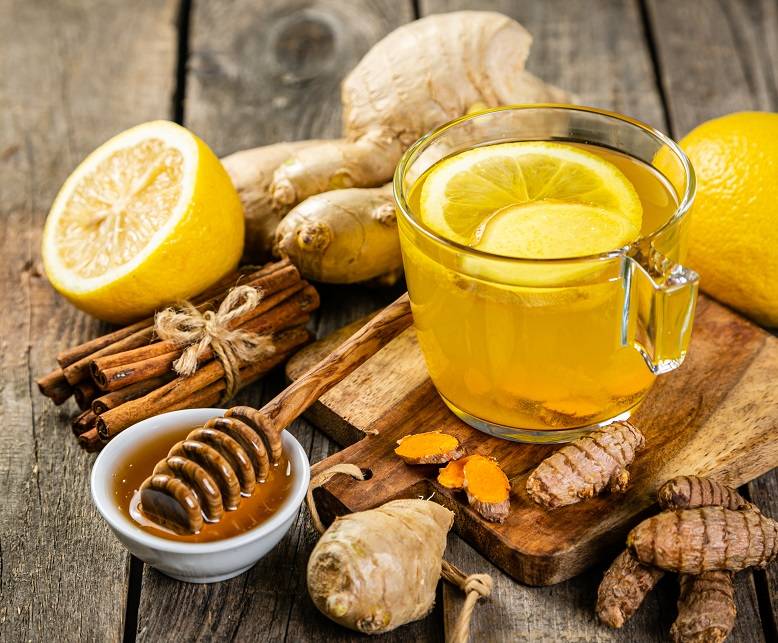PHYSIOMANCE SUGARLESS provides, for 1 capsule :
- 250mg of Reducose® patented white mulberry leaf extract, titrated to 12.5 mg of 1-deoxynojirimycin ;
- 50mg cinnamon extract, equivalent in powder form to 600 mg cinnamon, with 20 mg proanthocyanidins.
Reducose®, white mulberry extract, cinnamon and postprandial glycemia
REDUCOSE® WHITE MULBERRY EXTRACT :
In PHYSIOMANCE SugarLess, Reducose® is an exclusive extract of white mulberry leaf (Morus alba) with powerful properties. White mulberry leaves have been used for centuries in Indian and traditional Chinese Ayurvedic medicine for their health benefits.
White mulberry leaves contain metabolites called 'iminosugars', which are interesting for their structure which is similar to that of sugar in our diet.
The most studied iminosugar on metabolic health is 1-deoxynojirimycin (DNJ), which has a structure similar to that of the best-known simple sugar, glucose. Indeed, the structure of DNJ is very close to that of glucose except for one atom. The oxygen atom (glucose) is replaced by a nitrogen atom (DNJ)1.
As a result, the DNJ present in PHYSIOMANCE SugarLess binds to the enzymes that break down complex sugars (starch, etc.) into simple sugars (glucose) in the intestine instead of carbohydrate molecules. This reduces the absorption of glucose into the bloodstream and the cells of the various tissues. Consequently, the absence of blood sugar peaks helps to maintain normal insulin secretion (without peaks).2.
In addition, studies have shown that the presence of undigested carbohydrates promotes the emission of a satiety signal and can therefore help to reduce cravings3.
In terms of intestinal health, undigested carbohydrates have also been shown to have a beneficial effect on the microbiota1 : bacteria can use these complex carbohydrates in particular to produce short-chain fatty acids (SCFAs), known for their benefits to the body.
CINNAMON EXTRACT :
Cinnamon has long been known for its medicinal properties. PHYSIOMANCE SugarLess contains cinnamon extract rich in active molecules: proanthocyanidins (PACs).
PACs are polyphenols which play a role in carbohydrate metabolism: these compounds can help maintain stable blood sugar levels by acting on the enzymes which break down complex sugars into simple sugars4,5. They have also been studied for their beneficial action on insulin sensitivity.6,7.
As with DNJ, PACs contribute to the sensation of satiety and the reduction of cravings8 thanks to the non-digested carbohydrates.
Why choose PHYSIOMANCE SugarLess from Laboratoire THERASCIENCE ?
PHYSIOMANCE SugarLess is a synergistic combination of Reducose® white mulberry leaf extract with 5 times more DNJ than other extracts on the market (link to patented active page) and cinnamon extract rich in PACs, which have been studied for their beneficial effects on the balance of carbohydrate metabolism and the maintenance of normal postprandial glycaemia.
To enjoy all the benefits of Reducose® et de l’extrait de cannelle, PHYSIOMANCE SugarLess white mulberry leaf extract and cinnamon extract, PHYSIOMANCE SugarLess is guaranteed GMO-free, nanoparticle-free, preservative-free and gluten and lactose-free thanks to our Clean label THERASCIENCE. Our High Quality Process® also certifies the bacteriological quality and origin of the plant extracts selected and present in PHYSIOMANCE SugarLess.
MORE ABOUT
Want to find out more about metabolism and weight loss? Consult our dossier: « Slimming and Weight Loss » written by our experts.
Bibliography
1. Kurosawa, Yuko et al. Scientific reports (2015)
2. Thondre PS, Lightowler H, Ahlstrom L, Gallagher A. Nutr Metab (Lond). 2021 Apr 15;18(1):41. Erratum in: Nutr Metab (Lond). 2021 May 26;18(1):52.
3. Bednarz K, et al.. Int J Mol Sci. (2022)14;23(8):4334
4. Kim Y, Keogh JB, Clifton PM. . Nutrients. 2016;8(1):17. Published 2016 Jan 5
5. Sharma S, Mandal A, Kant R, Jachak S, Jagzape M. J Pak Med Assoc. 2020;70(11):2065-2069.
6. Gruenwald J, Freder J, Armbruester N.. Crit Rev Food Sci Nutr. 2010;50(9):822-834.
7. Qin B, Panickar KS, Anderson RA. J Diabetes Sci Technol. (2010 ) 1;4(3):685-93.
8. Hlebowicz J, Hlebowicz A, Lindstedt S, et al. Am J Clin Nutr. 2009;89(3):815-821.











